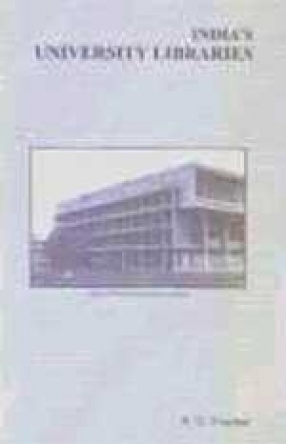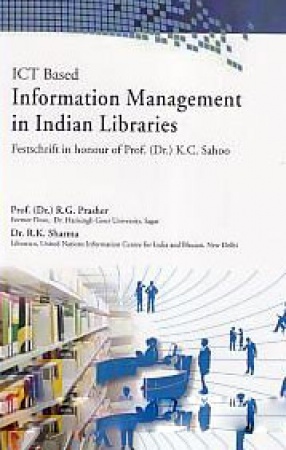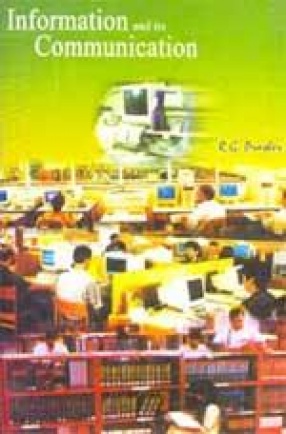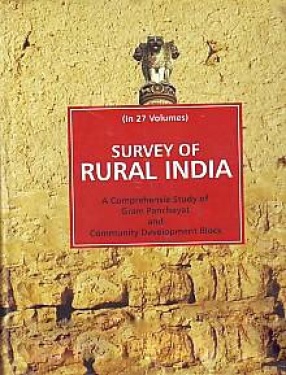India’s University Libraries first three universities in modern India were established in 1857 in the metropolitan cities of Bombay, Calcutta and Madras. On the eve of independence in 1947, their number was 20. Today the number of the universities in India has swelled to over 250. This growth is indicative of the peoples’ will and government’s interest in the higher education. Prior to our independence, a library in the university was usually established much after its in corporation. It was because the university then was only an examining body with no teaching and research functions. There was as such no need for the university library. But with the passage of time, teaching and research came to become the basic functions of the universities. Under these changed circumstances, the role of the university libraries became crucial, intrinsic and academic in nature. Realising this, the UGC, ever since its inception, has been providing necessary funds for the growth and development of university libraries. As a result, a number of university libraries in India are now housed in large and functional buildings with big collections and adequate staff. But still there are wide variations among these libraries. In the process of evolution, the university libraries in India have thrown up various problems which call for analysis, examination, and solution. On one hand there is knowledge explosion and heavy inflow of information, on the other there is heavy demand for pin-pointed information without the loss of time. Manual methods for the retrieval and dissemination of information are becoming inadequate, and these are being replaced. Information technology is being applied increasingly to provide access to information. Libraries are not operating in isolation now, but are becoming partners of various networks for mutual benefit. With all this, the organisation and the operation of the university libraries, particularly in developing countries like India, is becoming complex. The students opting for the paper on Academic Libraries and teachers teaching this paper would like to study the university libraries in their entirety. A few books on the university libraries of India which are available, are now out of date. There is a felt need, therefore, for a text-book on university libraries covering the syllabi of various Indian universities. The present book is intended to meet this need. It is also to serve as a guide-book for the practising librarians. It is because all aspects of the subject are dealt with in an authoritative manner, and in India’s context.
India’s University Libraries: Organisation, Operation and Services
In stock
Free & Quick Delivery Worldwide
reviews
Bibliographic information
Title
India’s University Libraries: Organisation, Operation and Services
Author
Edition
1st Ed.
Publisher
ISBN
8188252042
Length
India’s University Libraries: Organisation, Operation and Services
Subjects








There are no reviews yet.